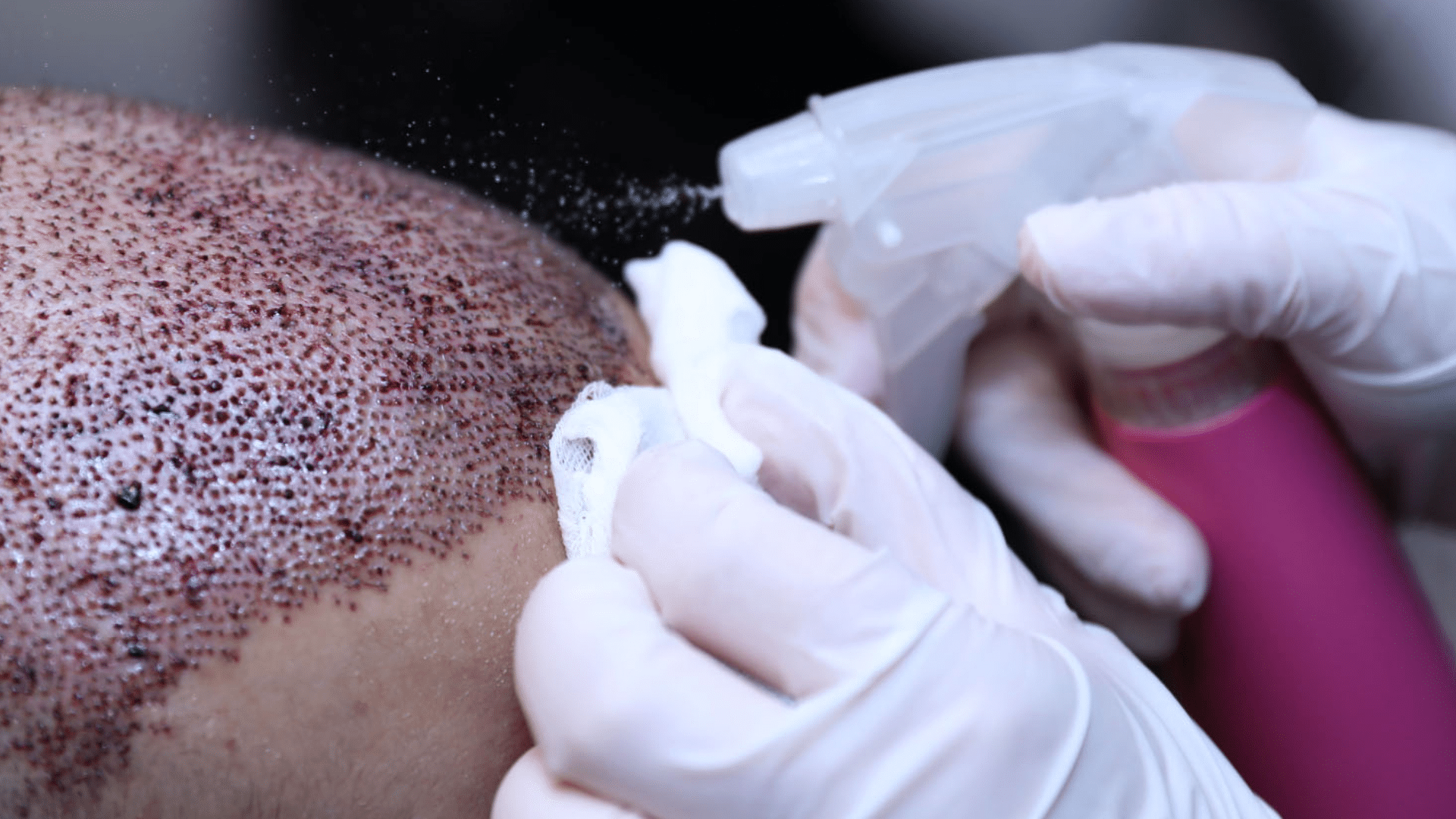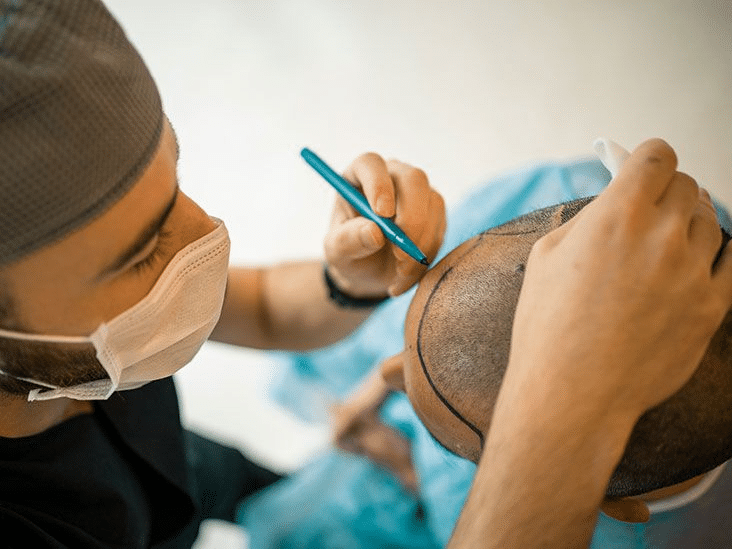A hair transplant is a major decision, not just for your appearance, but also for your finances. While it promises lasting results, it comes with expenses that need careful thought. From clinic fees to recovery essentials, every stage has costs that can catch you off guard if you’re not prepared.
Keep reading to make smarter choices with your money and avoid surprises before, during, and after your procedure.
Research Professional Transplant Solutions Carefully
Not all clinics provide the same quality of care or service. Look for professional hair transplant solutions that offer transparent pricing and reputable surgeons.
Check for membership with trusted bodies like the GMC (General Medical Council) or the British Association of Hair Restoration Surgery. Reading genuine reviews from patients will also help you avoid costly mistakes.
Know the True Cost of the Procedure
Prices vary depending on the clinic, technique, and how many grafts you need. A typical hair transplant can cost between £3,000 and £7,000. Some clinics offer package deals, while others charge by the graft. Don’t assume that a higher price means better results.
Request a full cost breakdown during consultations so that you understand what’s included. That should cover pre-op checks, surgery, aftercare, and follow-up visits. Always ask about any hidden or extra fees.
Avoid Rushing Into Finance Plans
Many clinics offer monthly payment options, but these can stretch your budget if not planned properly. Interest rates may look low at first, but can rise over time.
If you’re considering finance, compare offers from your bank or a credit union as well. This gives you flexibility and control, especially if the clinic’s payment plan doesn’t suit your income. Being cautious here protects you from long-term debt.
Set Aside Money for Aftercare Products
Once your surgery is done, the spending isn’t over. You’ll likely need special shampoos, moisturisers, and medications to support healing. Some of these items aren’t included in the original quote.
Set aside some money for quality aftercare. Proper products can prevent infection and help your grafts grow better. Skipping this step can lead to poor results and wasted money.
Budget for Time Off Work
Depending on your job, you might need a few days to a week off after surgery. This could mean using annual leave or taking unpaid days. Factor that into your financial plan. If you work in a public-facing role, you might also prefer to stay home until redness or swelling goes down. Plan ahead so time off doesn’t put extra strain on your wallet.
Consider the Cost of Consultations
Some clinics charge a consultation fee, while others offer it for free. Don’t just go with the free option, but choose the consultation that offers the most value. If a clinic offers in-depth assessments and realistic planning, a small fee may be worth it.
Use this session to ask about the surgeon’s experience, recovery timelines, and graft survival rates. It’s your chance to gauge both the professional and the price tag before committing.
Include Transport and Accommodation If Needed
If your chosen clinic is outside your local area, factor in travel and possible overnight stays. These can increase your total spend, especially if multiple visits are required for follow-ups.
Budget for return journeys, hotel stays, meals, and local transport. Booking in advance can reduce these costs, and some clinics even offer assistance with travel arrangements or partnerships with local hotels.
Plan for Follow-Up Appointments

Even after the main procedure, you’ll likely return for reviews, checks, or top-up treatments. These appointments might be included in your package, or they might not. Ask how many follow-ups are standard, what they cost, and whether any touch-up treatments are covered. Planning for them now saves you from scrambling later.
Account for Post-Op Lifestyle Changes
Your lifestyle might change temporarily while you heal. You may need to buy new hats, soft pillows, or protective headgear. You might also avoid certain activities like the gym, swimming, or going out in strong sunlight. These changes can affect your usual spending. Planning for them avoids last-minute expenses or activity cancellations that could cost you more.
Be Wary of Budget Clinics Abroad
Some people consider going overseas to cut costs. While this can work for some, it comes with risks. Lower prices sometimes mean lower standards, language barriers, or poor post-op support.
If you’re tempted by clinics abroad, be thorough. Research the surgeon’s qualifications, the clinic’s safety history, and follow-up care. Also consider the extra costs like flights, accommodation, and potential return visits if anything goes wrong.
Create a Realistic Timeline for Saving
If you’re not in a rush, build a savings timeline that lets you cover the full cost without dipping into essential funds. Setting a target with monthly contributions makes the expense easier to handle. Avoid using high-interest credit cards or emergency funds unless necessary. A slower but planned approach can protect your financial health long-term.
Wrapping Up
Being financially ready for your hair transplant takes more than saving a lump sum. It means looking at the whole picture, which includes the actual surgery, the recovery period, and your lifestyle during healing.
When you approach your transplant with a solid financial plan, you’re more likely to feel confident about your choice and avoid unnecessary stress. Careful budgeting today can help secure the long-term results you’re hoping for.


















